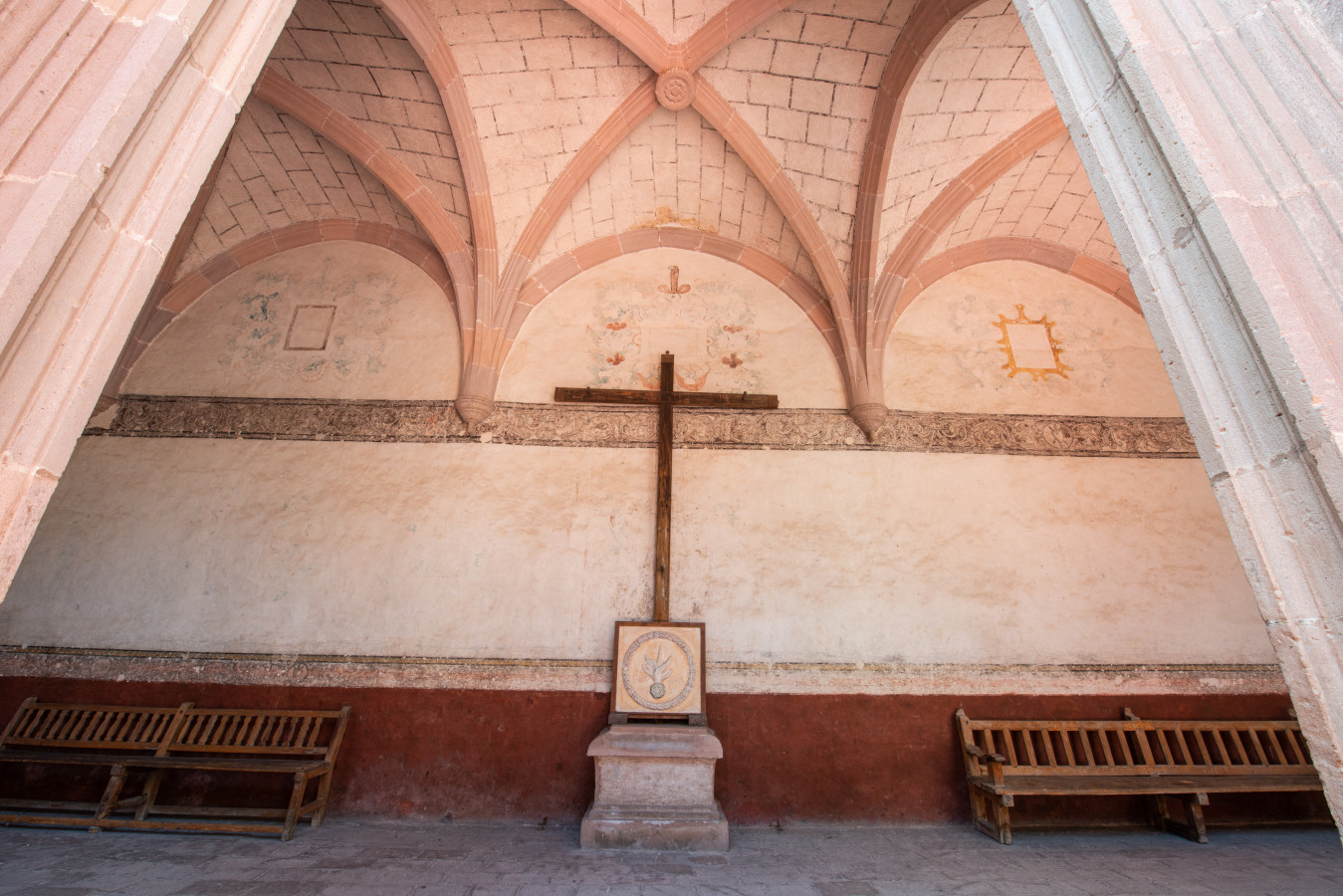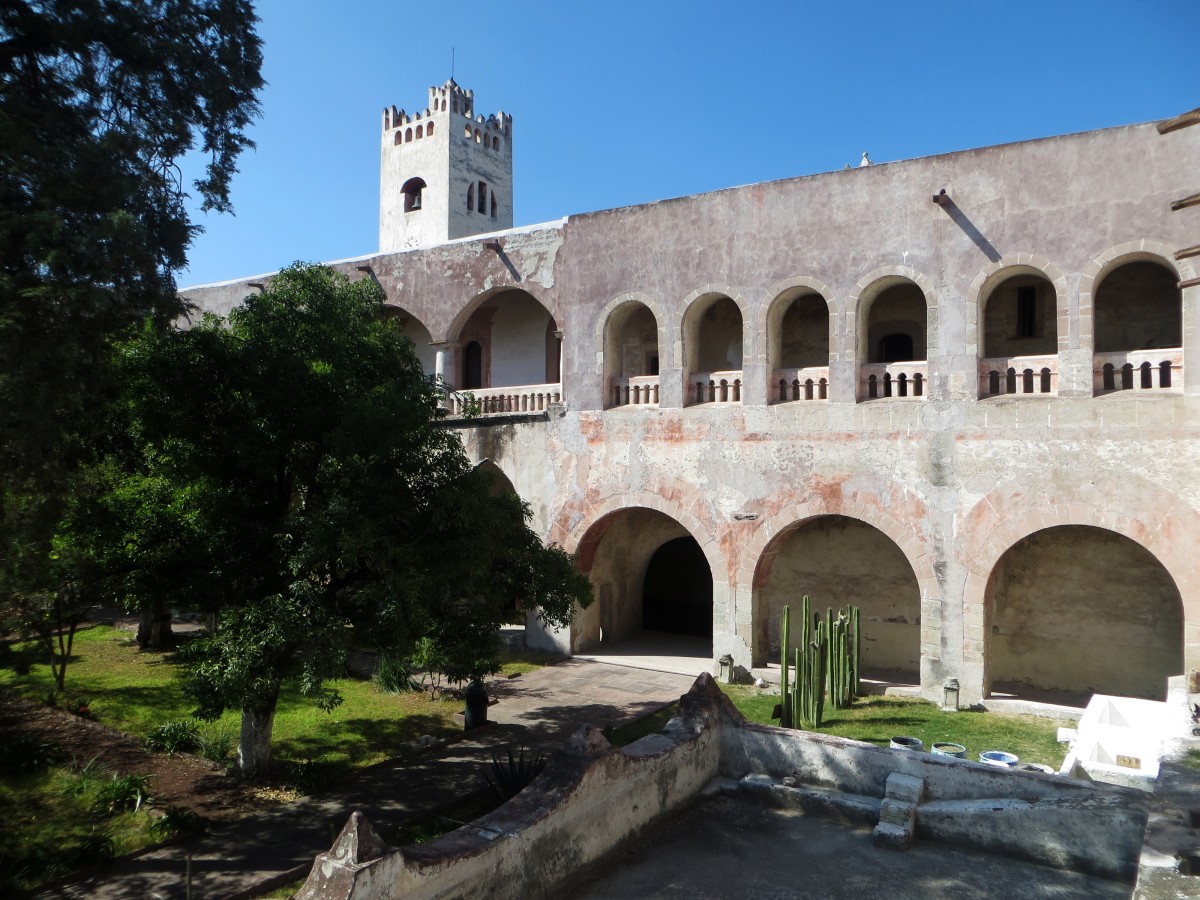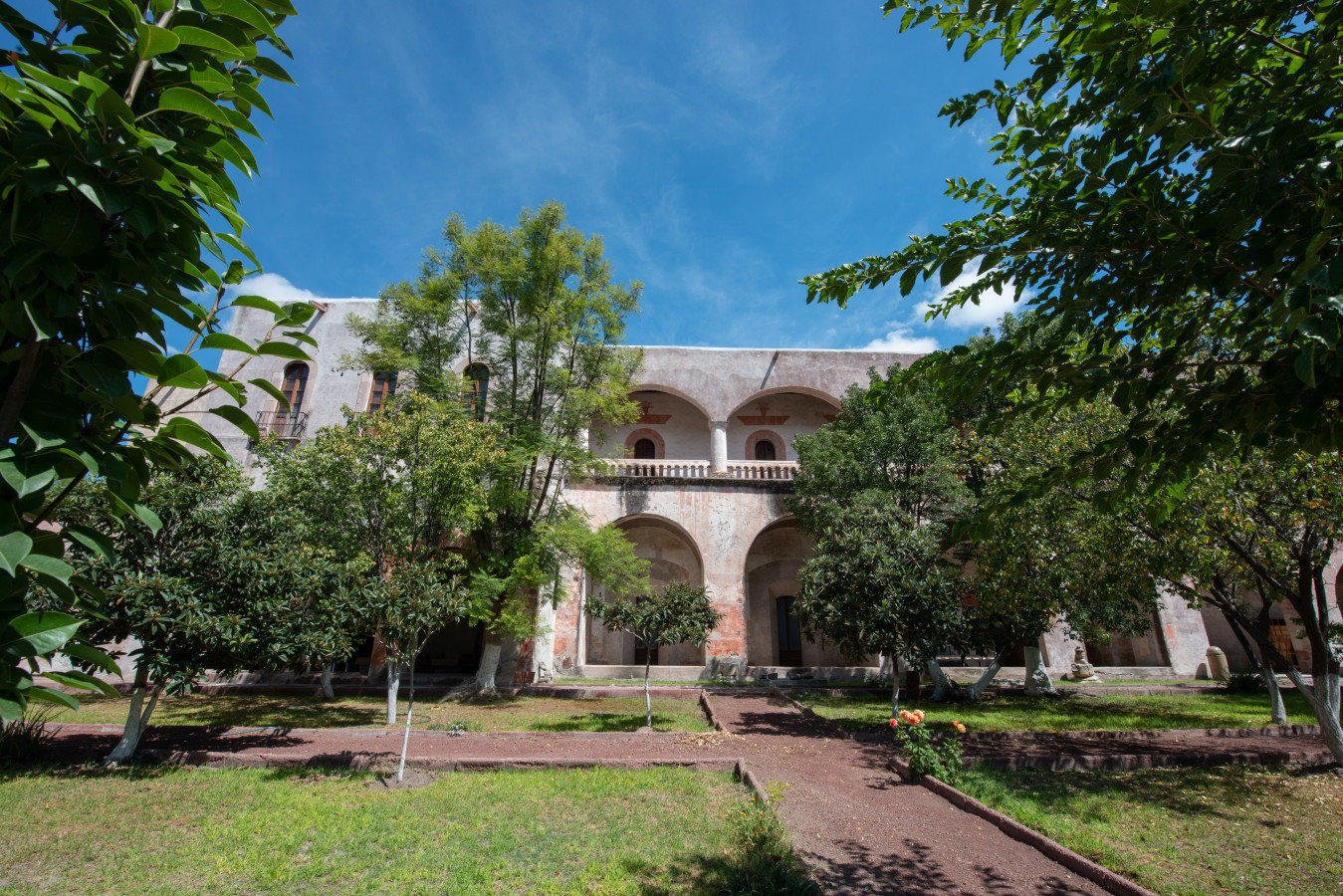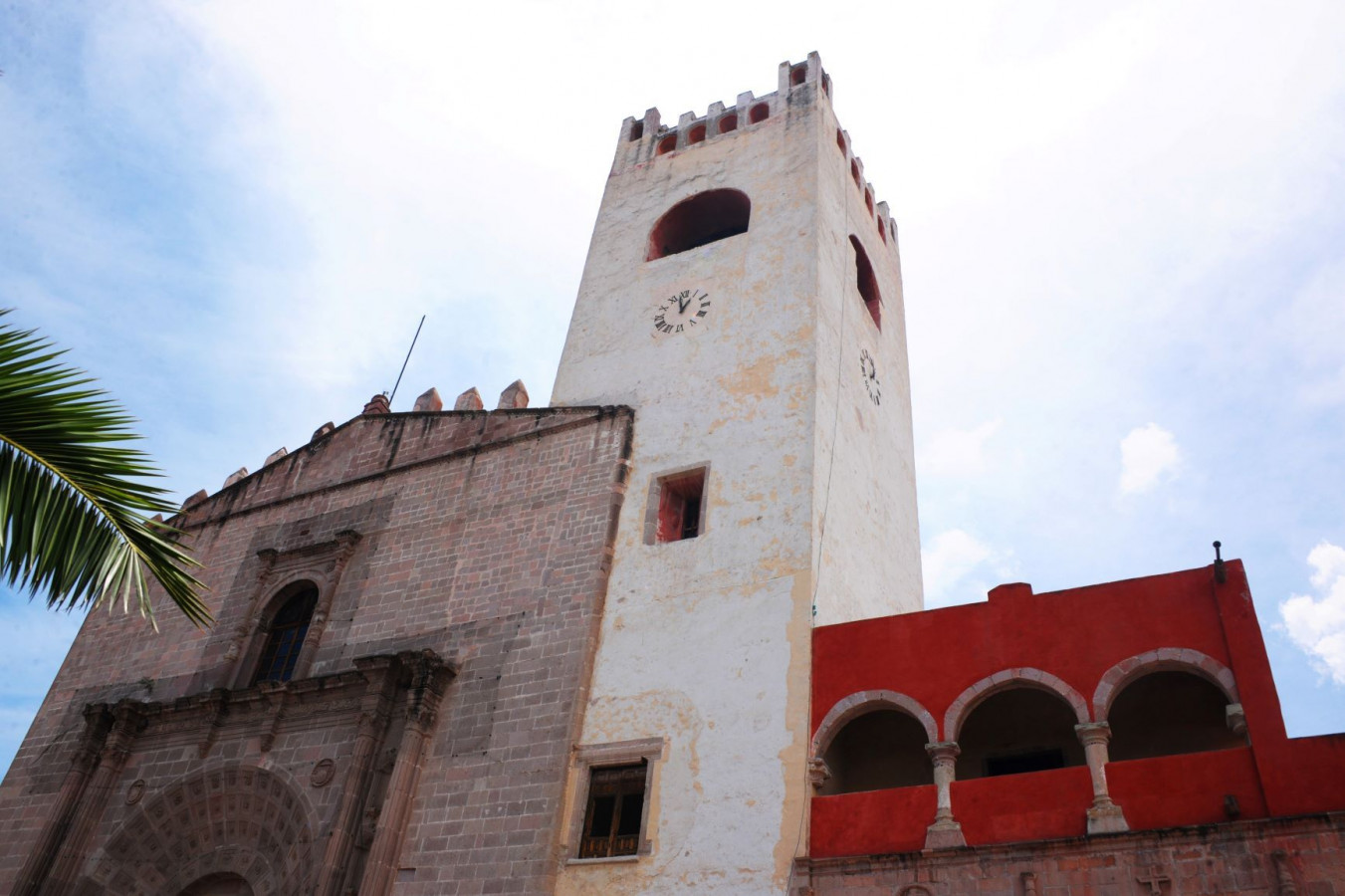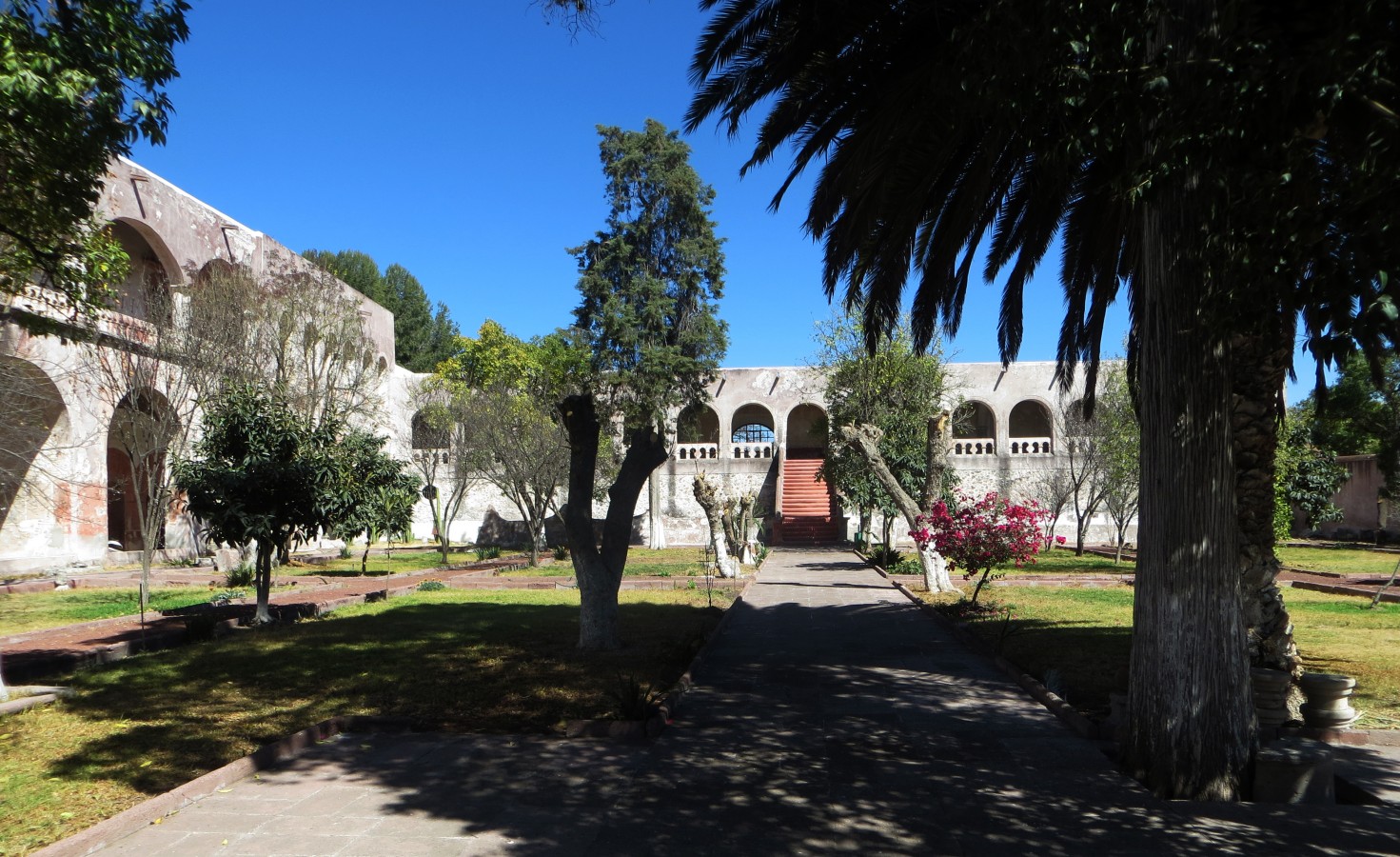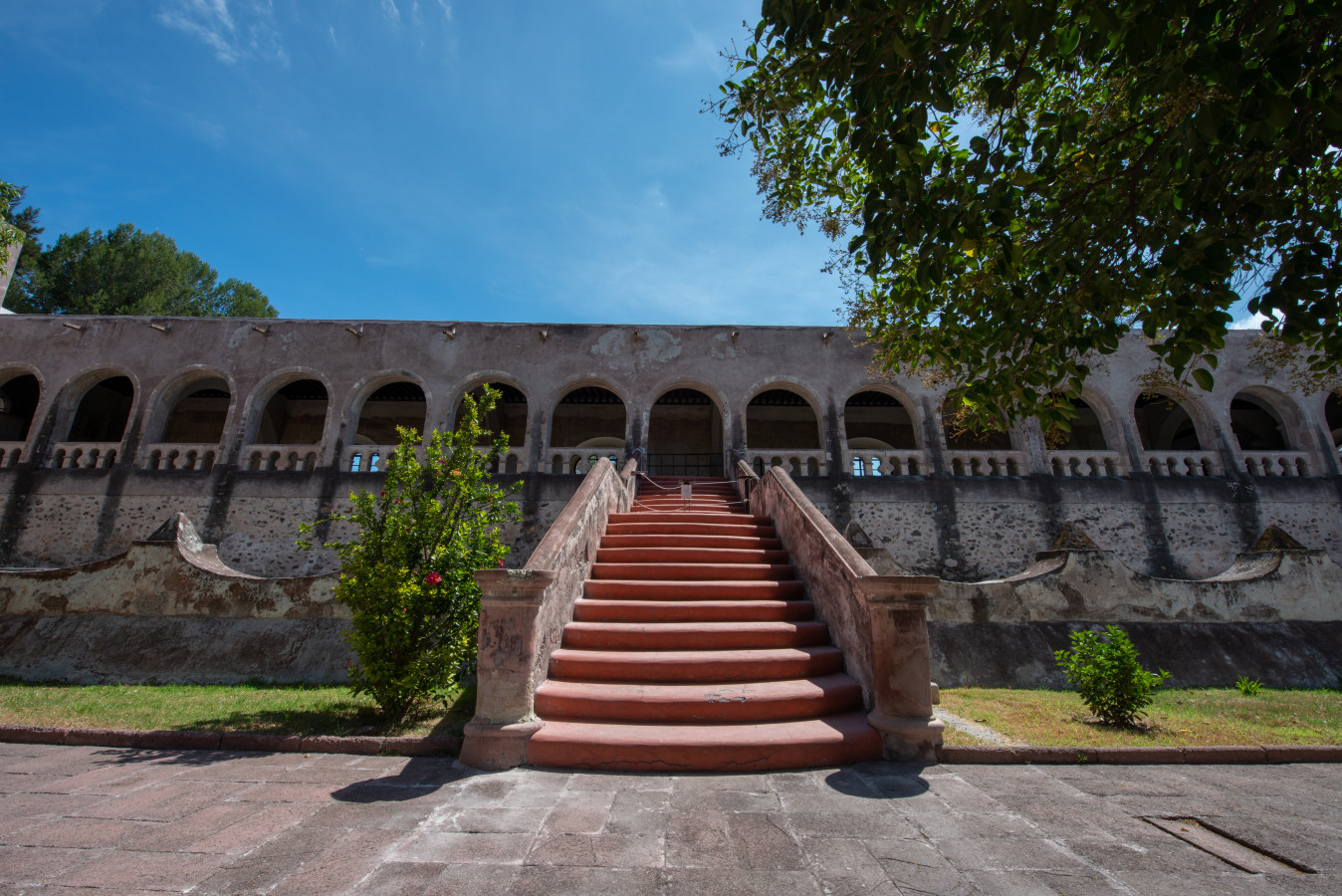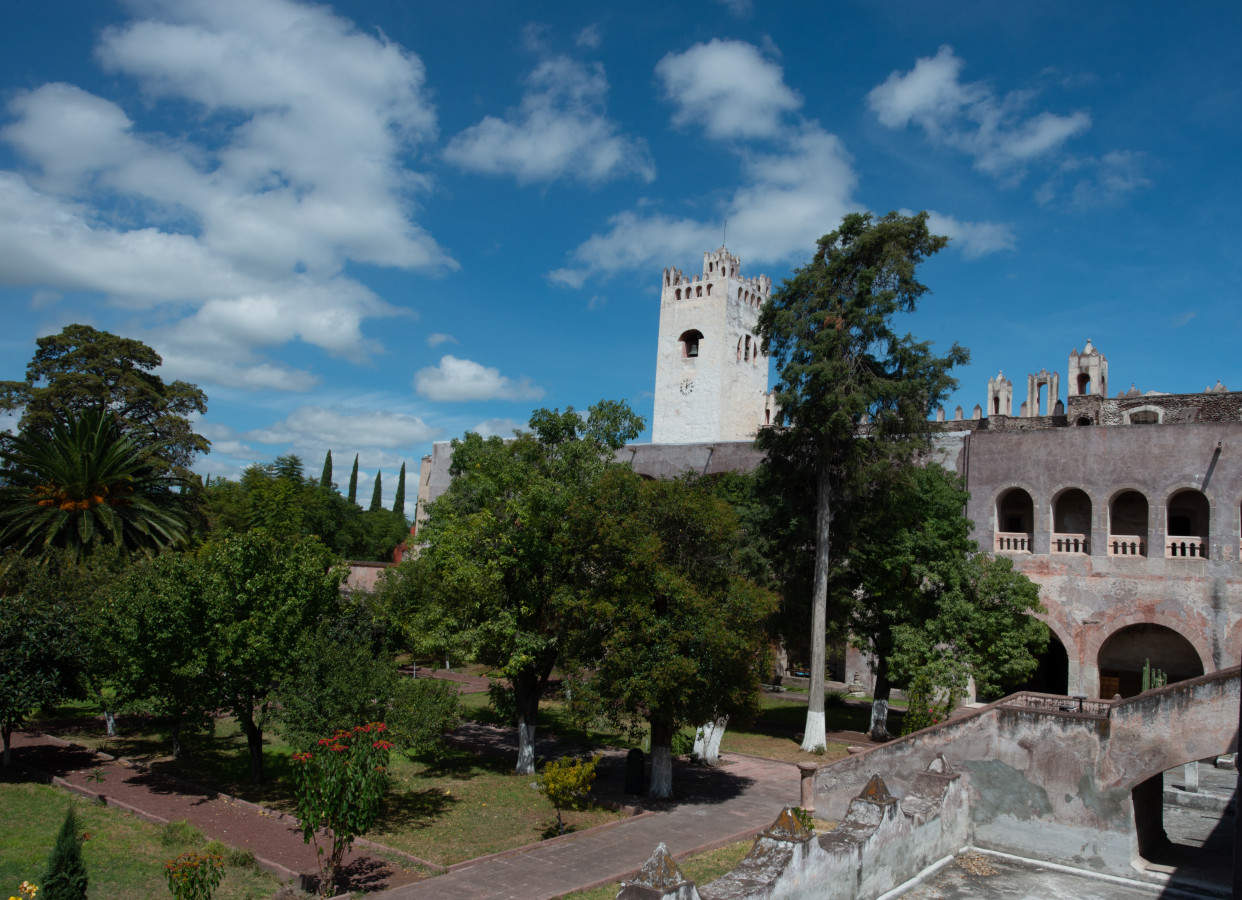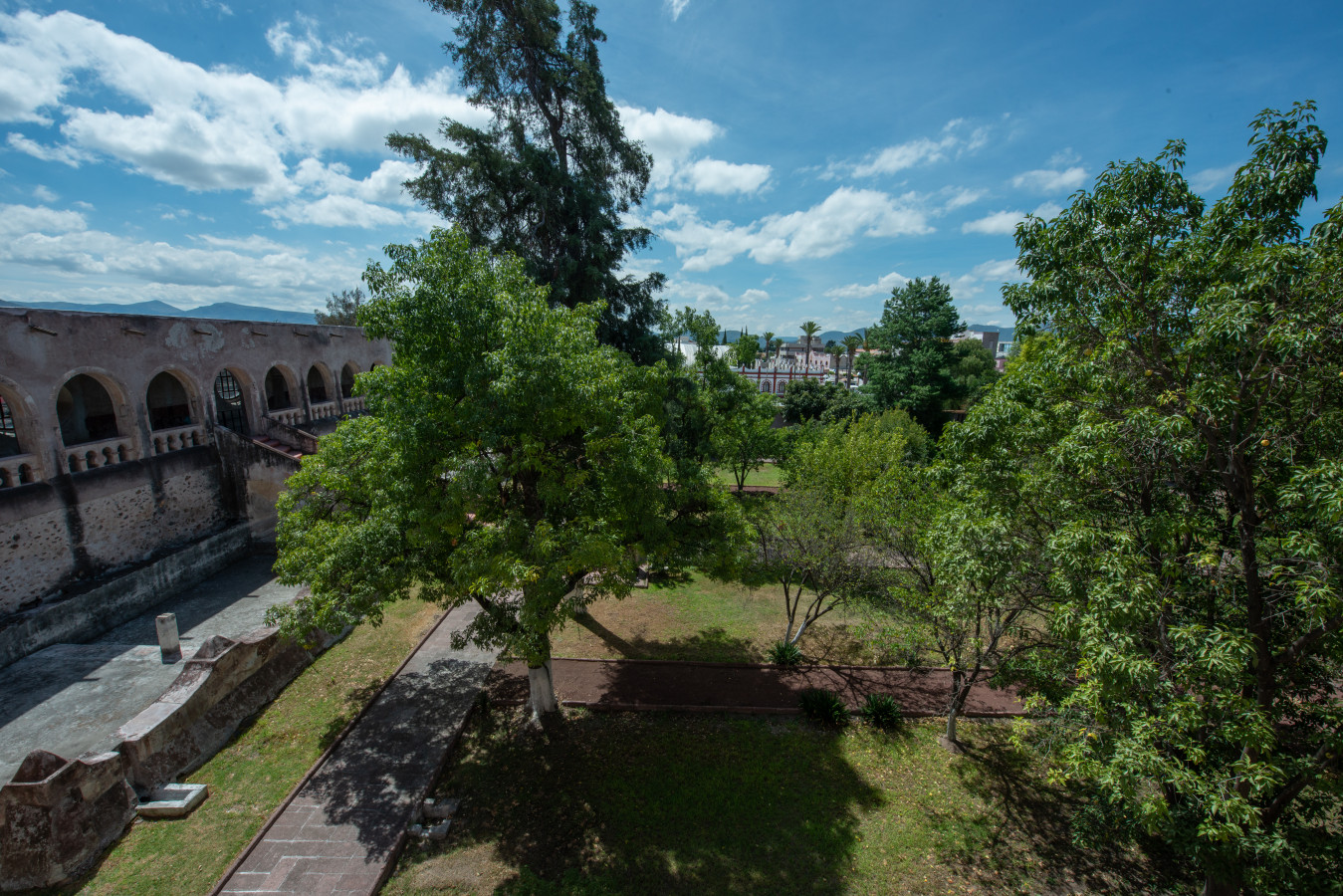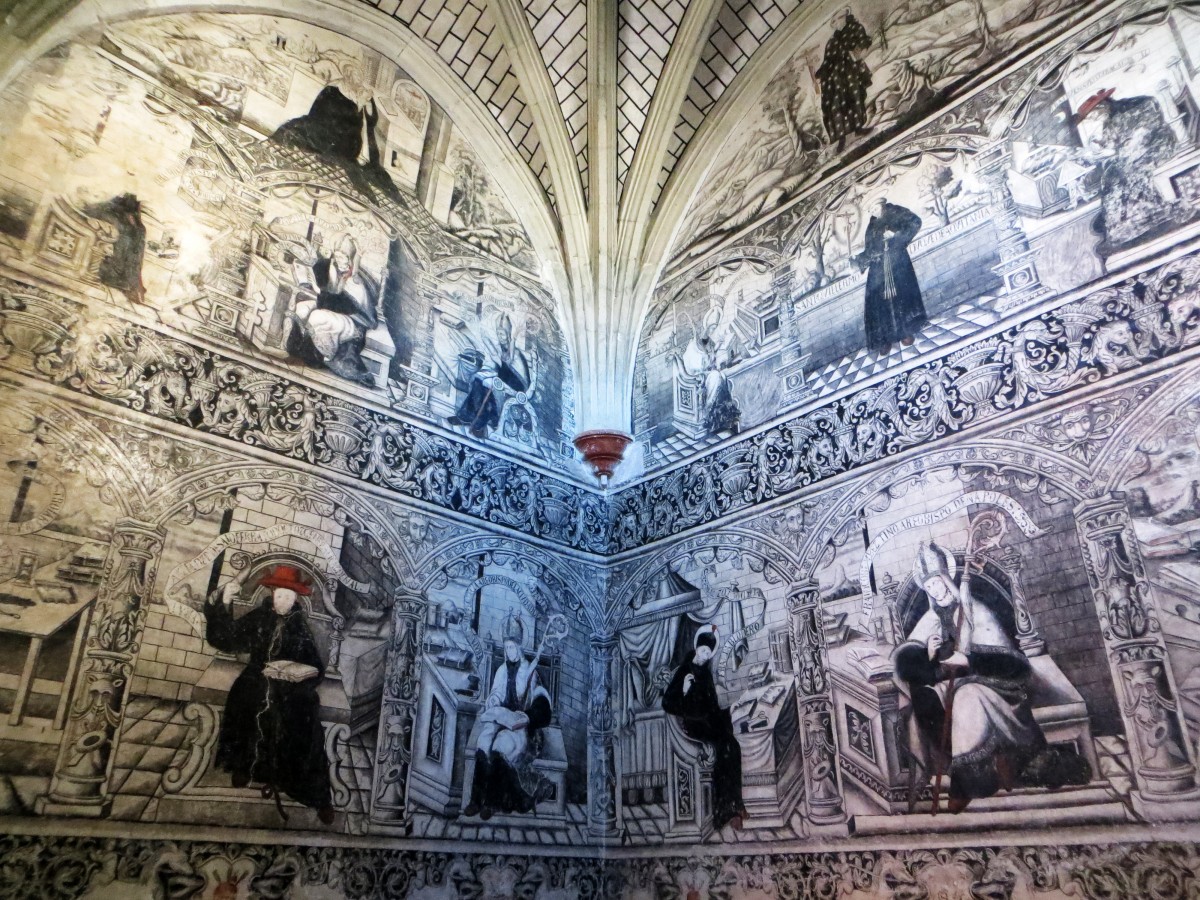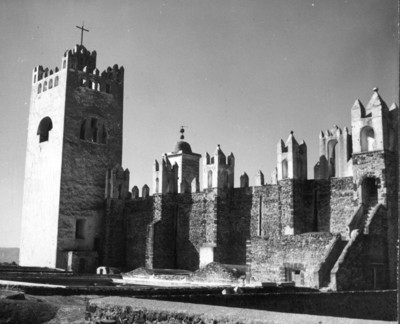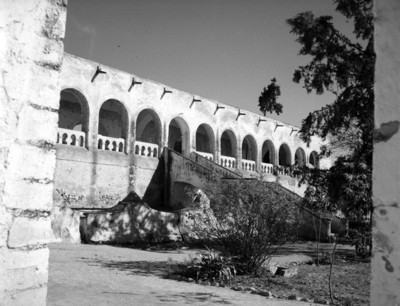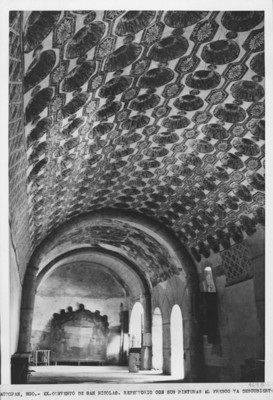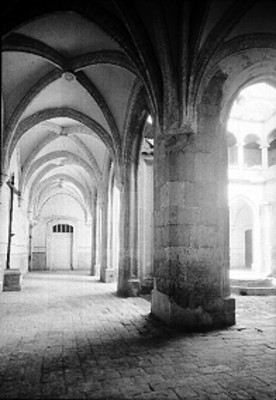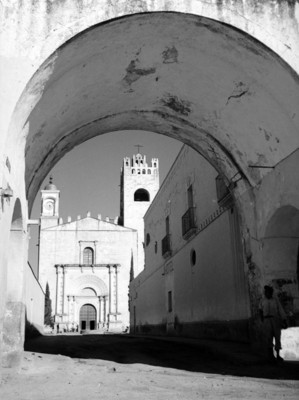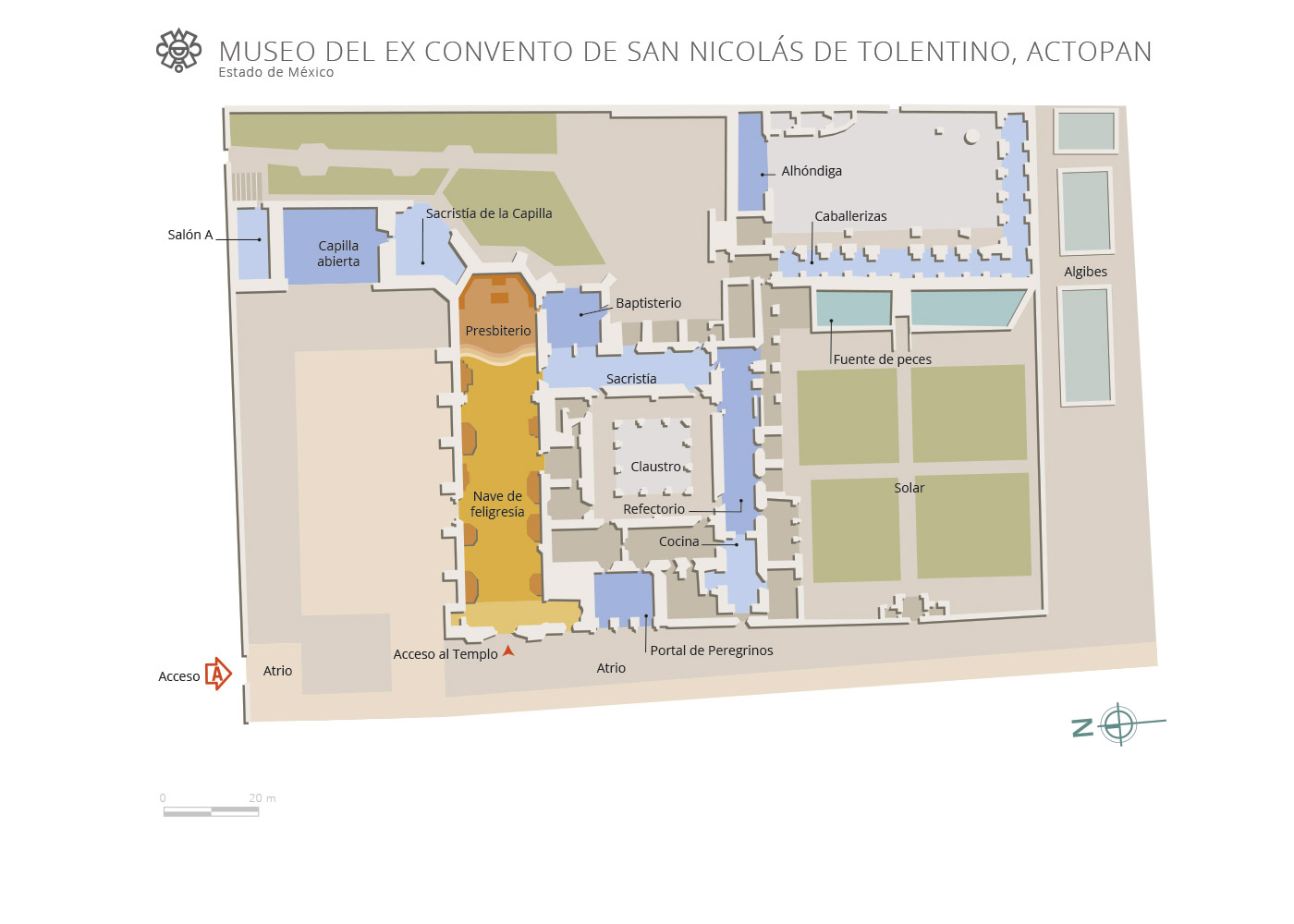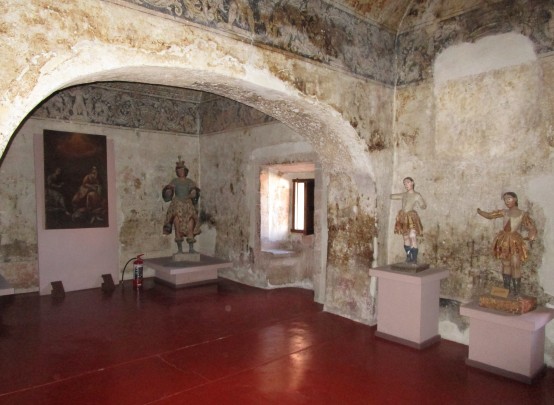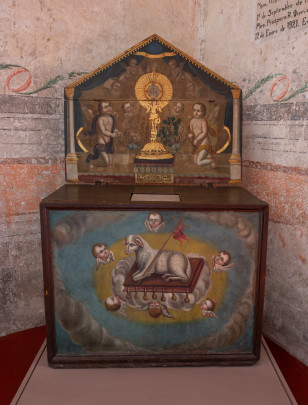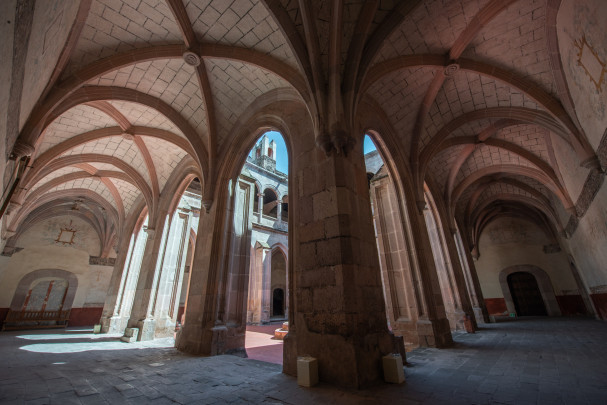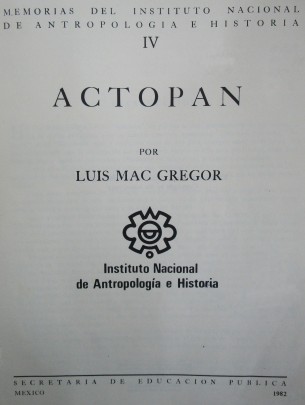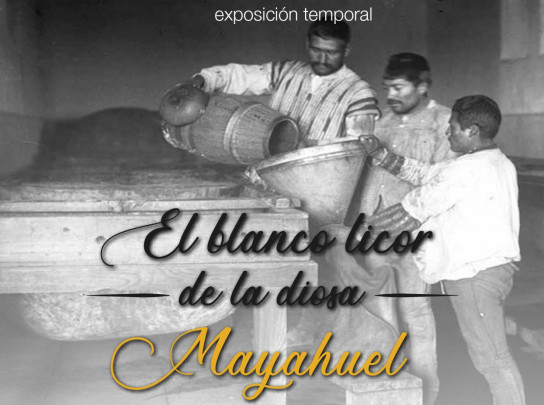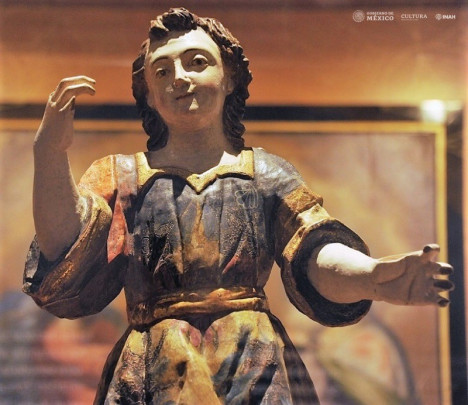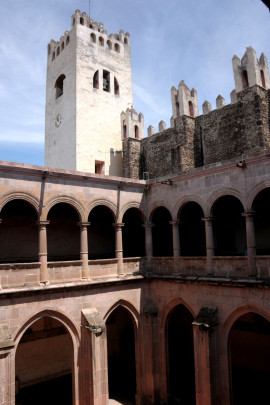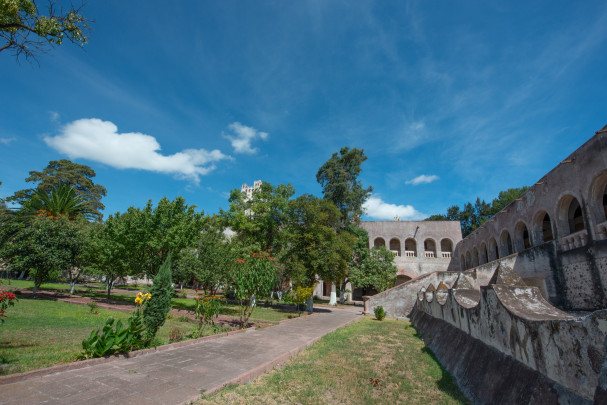Ex Convento de San Nicolás de Tolentino
An important Augustinian monastery preserving valuable murals and examples of religious art from the sixteenth to nineteenth centuries. The ethnographic gallery shows the everyday life and crafts of the Otomi people of the valley of Mezquital.
Local
About the museum
The founding of Actopan dates to 1546 when a group of friars from the Augustinian order established themselves in the valley of Mezquital in the present-day state of Hidalgo. The monastery was built under the supervision of Fray Andrés de Mata, when Fray Alonso de la Vera Cruz was Provincial Superior of the order in 1550. The complex is one of the largest Augustinian monasteries which still preserves the memory of the friars’ evangelization of the Otomi people of the region.
Local materials from the valley of Actopan were used in its construction, such as sand, stone and wood to build the stone and mortar walls. The exterior was built in a sober style with a monumental tower topped with battlements to one side of the main door. The elegant facade evokes the Renaissance style with its stone-carved friezes, fluted columns, medallions and sunken panels.
One of the major attractions of the complex of monuments is without a doubt the open chapel whose barrel vault is 56 feet high with an interior decorated with mural paintings, showing a marked religious syncretism in the scenes from Genesis and the Final Judgment. The eye-catching imagery we see tells of the religious messages which served the friars as visual aids in the evangelization of indigenous people at this monastery. The interior spaces of the monastery, such as the refectory, the anterefectory, the cells and the cloister give an insight into monastic life on this historic site, and also feature several mural paintings with very finely painted scenes.
The main stairwell is an incredibly special space, not just because of its ribbed vault ceiling, but also because of the artistic design on its walls using the grisaille painting technique in monochrome, with evangelization scenes as well as personalities connected to the Augustinian order from its origins up to the time the monastery was built. This is a unique space among the Augustinian monasteries of the New World on account of these valuable paintings, as well as those which are located in the anterefectory.
The museum of religious art is situated in the upper part of the former monastery, where we can see sculptures and easel paintings from the sixteenth to the nineteenth centuries representing various saints, angels, biblical scenes and portrayals of the Virgin Mary. These are fine images using the estofado technique on wood, cornstalk paste sculpture and oils on canvas, which together form a collection of great significance to the cultural heritage of our country.
Local materials from the valley of Actopan were used in its construction, such as sand, stone and wood to build the stone and mortar walls. The exterior was built in a sober style with a monumental tower topped with battlements to one side of the main door. The elegant facade evokes the Renaissance style with its stone-carved friezes, fluted columns, medallions and sunken panels.
One of the major attractions of the complex of monuments is without a doubt the open chapel whose barrel vault is 56 feet high with an interior decorated with mural paintings, showing a marked religious syncretism in the scenes from Genesis and the Final Judgment. The eye-catching imagery we see tells of the religious messages which served the friars as visual aids in the evangelization of indigenous people at this monastery. The interior spaces of the monastery, such as the refectory, the anterefectory, the cells and the cloister give an insight into monastic life on this historic site, and also feature several mural paintings with very finely painted scenes.
The main stairwell is an incredibly special space, not just because of its ribbed vault ceiling, but also because of the artistic design on its walls using the grisaille painting technique in monochrome, with evangelization scenes as well as personalities connected to the Augustinian order from its origins up to the time the monastery was built. This is a unique space among the Augustinian monasteries of the New World on account of these valuable paintings, as well as those which are located in the anterefectory.
The museum of religious art is situated in the upper part of the former monastery, where we can see sculptures and easel paintings from the sixteenth to the nineteenth centuries representing various saints, angels, biblical scenes and portrayals of the Virgin Mary. These are fine images using the estofado technique on wood, cornstalk paste sculpture and oils on canvas, which together form a collection of great significance to the cultural heritage of our country.
Map
An expert point of view

Gabriel Rivera Madrid
Centro INAH Hidalgo
Practical information
Tuesday to Sunday from 09:00 to 17:00 hrs.
$75.00 pesos
Lerdo de Tejada s/n, Colonia Centro,
Actopan, Hidalgo, México.
Actopan, Hidalgo, México.
Services
-
+52 (771) 714 35 20; +52 (771) 714 39 89
-
This email address is being protected from spambots. You need JavaScript enabled to view it.; This email address is being protected from spambots. You need JavaScript enabled to view it.
-
FACEBOOK
Directory
Director del Centro Inah de Hidalgo
Héctor Alvarez Santiago
This email address is being protected from spambots. You need JavaScript enabled to view it.
+52 (771) 714 35 20, ext. 228013

